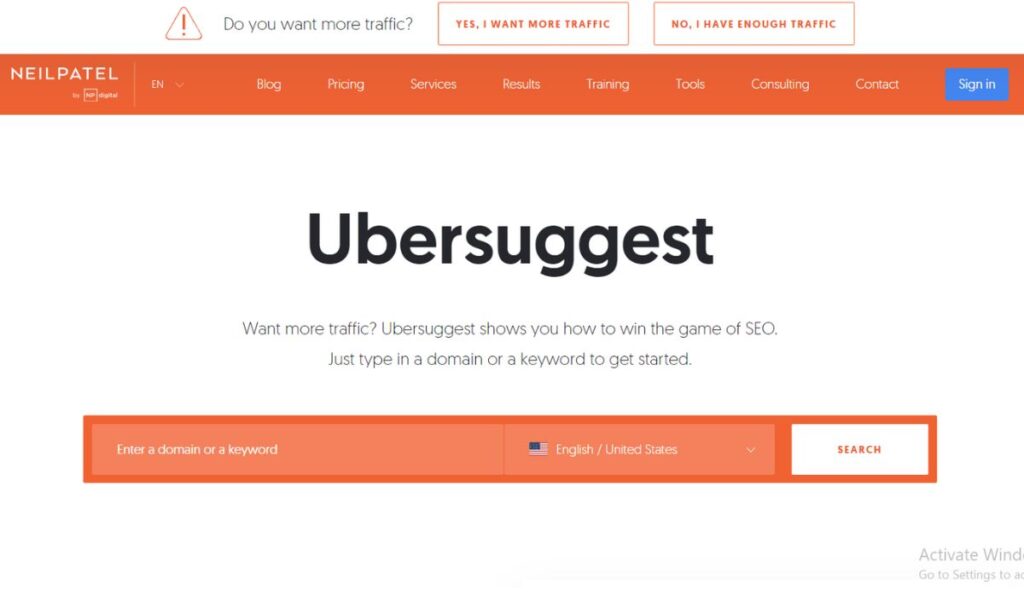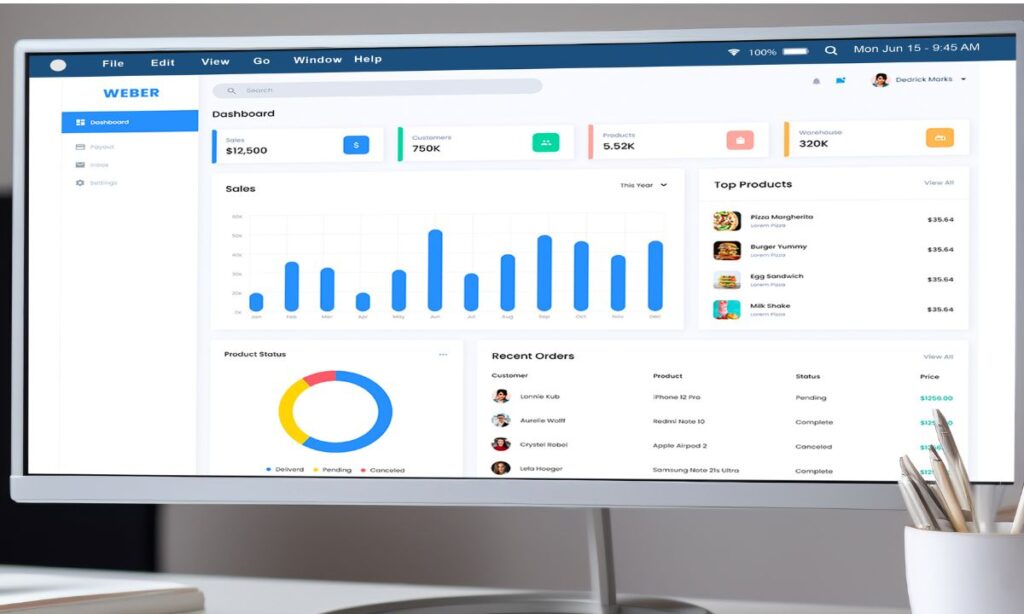Backlinks are the backbone of SEO. They can catapult your website to the top of search engine rankings or drag it down if they’re of poor quality. But how can you tell a good backlink from a bad one? Understanding backlink quality is critical to improving your site’s authority and maintaining a strong online presence. In this ultimate guide, we’ll break down everything you need to know about evaluating backlink quality and why it’s so important.
What Are Backlinks and Why Are They Important?
Before diving into the nitty-gritty, let’s start with the basics. Backlinks (also known as inbound links) are links from one website to another. When another website links to yours, it’s like a vote of confidence in your content. Search engines like Google consider backlinks as a key ranking factor. However, not all backlinks are created equal.
- Boost your website’s authority.
- Improve search engine rankings.
- Drive targeted traffic to your site.
On the flip side, low-quality backlinks can:
- Harm your site’s credibility.
- This leads to penalties from Google.
That’s why it’s crucial to focus on building quality backlinks—the kind that search engines love and your audience finds helpful.
Key Factors to Check the Quality of Backlinks

When evaluating a backlink, you’ll need to consider several factors. Here are the most important ones:
1. Relevance: Does It Fit Your Niche?
One of the first things to check is whether the backlink is relevant to your website’s content. For example, if you run a fitness blog, a backlink from a health or wellness website will carry more weight than one from a fashion blog.
Why It Matters: Search engines aim to provide the most relevant results to users. If your backlinks come from sites in unrelated niches, it can raise red flags and hurt your rankings.
How to Check:
- Look at the content on the linking page.
- Ensure the linking site’s audience overlaps with yours.
- Use tools like Ahrefs or SEMrush to analyze topic relevance.
2. Authority: Is the Linking Website Trusted?
Domain authority (DA) and page authority (PA) are essential indicators of a website’s credibility. Backlinks from high-authority websites are far more valuable than those from low-authority or spammy sites.
Why It Matters: Search engines trust links from authoritative sources, so these links pass on more ranking power (also known as “link juice”).
How to Check:
- Use tools like Moz, Ahrefs, or SEMrush to check DA and PA.
- Look for signs of trust, such as HTTPS, consistent publishing, and a professional design.
3. Traffic: Is the Linking Website Popular?
A backlink from a high-traffic website can do wonders for your site’s visibility. If a website gets thousands of visitors daily, even a single link can drive significant referral traffic your way.
Why It Matters: More traffic often equals more credibility. Search engines are more likely to reward you if your backlinks come from popular sites.
How to Check:
- Use SimilarWeb or Ahrefs to estimate the referring site’s traffic.
- Analyze where their traffic is coming from (organic, social media, etc.).
4. Anchor Text: What Does the Link Say?
Anchor text is the clickable text in a hyperlink. It tells both users and search engines what the linked page is about.
Types of Anchor Text:
- Exact match: Uses the exact keyword (e.g., “build quality backlinks”).
- Partial match: Uses a variation (e.g., “how to create backlinks”).
- Branded: Includes the brand name (e.g., “Google”).
- Generic: Uses phrases like “click here” or “learn more.”
Why It Matters: Over-optimized or irrelevant anchor text can look spammy and harm your rankings. Natural, diverse anchor text is best.
How to Check:
- Analyze anchor text distribution using Ahrefs or Google Search Console.
- Ensure the anchor text is relevant to your content.
5. Position: Where Is the Backlink Placed?
Not all backlinks on a page hold the same value. Links in prominent, visible positions carry more weight.
Why It Matters: Search engines and users are likelier to value links that are part of the main content rather than hidden in footers or sidebars.
How to Check:
- Look at the linking page and find your backlink.
- Prioritize backlinks in the main body of the content.
6. Dofollow vs. Nofollow: Does It Pass Link Juice?
Backlinks can either be dofollow or nofollow:
- Dofollow links pass on link juice, boosting your site’s authority.
- Nofollow links don’t pass link juice but can still drive traffic and build brand awareness.
Why It Matters: A healthy backlink profile includes both dofollow and nofollow links, but dofollow links are more impactful for SEO.
How to Check:
- Inspect the link’s HTML code (look for rel=”nofollow”).
- Use tools like Screaming Frog or Ahrefs for bulk analysis.
How to Build Quality Backlinks
Now that you know how to evaluate backlink quality, let’s talk about how to get them. Here are some tried-and-true methods:
1. Create High-Quality Content
Content is king, and the best way to earn quality backlinks is by creating content that people want to link to. This could include:
- In-depth guides (like this one!)
- Original research and data
- Infographics
- Case studies
Pro Tip: Focus on solving a problem for your audience. The more helpful your content, the more likely others will link to it.
2. Guest Posting
Reach out to authoritative websites in your niche and offer to write guest posts. In return, you’ll usually get a backlink in your author bio or within the content.
Pro Tip: Choose sites with high traffic and authority. Tailor your pitch to each site’s audience.
3. Broken Link Building
Find broken links on high-authority sites and suggest replacing them with links to your content.
How to Do It:
- Use tools like Check My Links or Ahrefs to find broken links.
- Reach out to the site owner with a polite email.
4. Leverage Social Media
Promote your content on social platforms to increase visibility and attract backlinks. The more people see your content, the more likely it is to be linked to.
5. Build Relationships
Networking with influencers, bloggers, and other website owners in your niche can lead to natural backlink opportunities. Comment on their posts, share their content, and engage genuinely.
Tools to Check Backlink Quality
Several tools can help you analyze and monitor your backlink profile. Here are some of the best ones:
- Ahrefs: Comprehensive backlink analysis and monitoring.
- SEMrush: Offers a detailed backlink audit feature.
- Moz Link Explorer: Check domain and page authority.
- Google Search Console: Free tool for tracking your backlinks.
- Majestic: Specializes in link analysis with metrics like Trust Flow and Citation Flow.
Common Mistakes to Avoid
When building backlinks, avoid these pitfalls:
- Buying Links: Paid links violate Google’s guidelines and can lead to penalties.
- Over-Optimized Anchor Text: Keep your anchor text diverse and natural.
- Ignoring Relevance: Focus on getting links from related niches.
- Quantity Over Quality: A few high-quality backlinks are worth more than hundreds of low-quality ones.
FAQs About Backlink Quality
1 . Why is it important to check backlink quality?
High-quality backlinks improve your site’s authority, boost search engine rankings, and drive targeted traffic. Low-quality backlinks, on the other hand, can harm your credibility and lead to penalties from Google.
2. What tools can I use to check backlink quality?
Some of the best tools include Ahrefs, SEMrush, Moz Link Explorer, Google Search Console, and Majestic. These tools help analyze metrics like domain authority, traffic, anchor text, and relevance.
3. What is anchor text, and why does it matter?
Anchor text is the clickable text in a hyperlink. It’s important because it provides context about the linked page to both users and search engines. Natural and diverse anchor text improves SEO, while over-optimized text can look spammy.
4. How do I identify spammy backlinks?
Spammy backlinks often come from irrelevant, low-authority, or poorly maintained websites. Use tools like Ahrefs or SEMrush to check metrics such as domain authority, relevance, and traffic. Avoid links from sites with excessive ads or questionable content.
5. Can nofollow links still be valuable?
Yes, nofollow links don’t pass link juice but can drive referral traffic, increase brand visibility, and diversify your backlink profile, which is important for maintaining a natural link-building strategy.
6. How can I build quality backlinks?
You can build quality backlinks by creating valuable content, guest posting, engaging in broken link building, leveraging social media, and building relationships with other site owners in your niche.
7. What is the difference between dofollow and nofollow links?
Dofollow links pass link juice and directly impact your site’s SEO rankings. Nofollow links, while not passing link juice, still offer indirect benefits like traffic and visibility.
8. Does the position of a backlink on a page matter?
Yes, backlinks placed within the main body of content are more valuable than those in footers, sidebars, or less prominent sections. Links in visible, relevant content are more likely to be clicked and carry more SEO weight.
9. How does content quality impact backlink quality?
High-quality content attracts more natural and authoritative backlinks. Unique, informative, and engaging content is more likely to be shared and linked to by other websites.
10. How often should I audit my backlinks?
Regular audits are crucial to maintaining a healthy backlink profile. Conduct a backlink audit every few months or after major content updates to identify and address any low-quality or harmful links.
Conclusion
Backlinks are an essential part of any successful SEO strategy, but their quality matters far more than their quantity. By understanding factors like relevance, authority, traffic, and anchor text, you can ensure your backlinks work to your advantage.
Start by auditing your existing backlinks, using the tools and tips shared in this guide. Then, focus on building high-quality links through ethical, proven strategies. Remember, good backlinks don’t just improve your search rankings—they also enhance your site’s reputation and drive meaningful traffic.
Now that you have the ultimate guide to checking backlink quality, it’s time to put these tips into action. Happy link building!
Welcome to Digital Profit Track, sharing powerful tips on digital marketing, freelancing, and online earning to help you achieve financial freedom.
Contact me at: team@digitalwsf.com.




